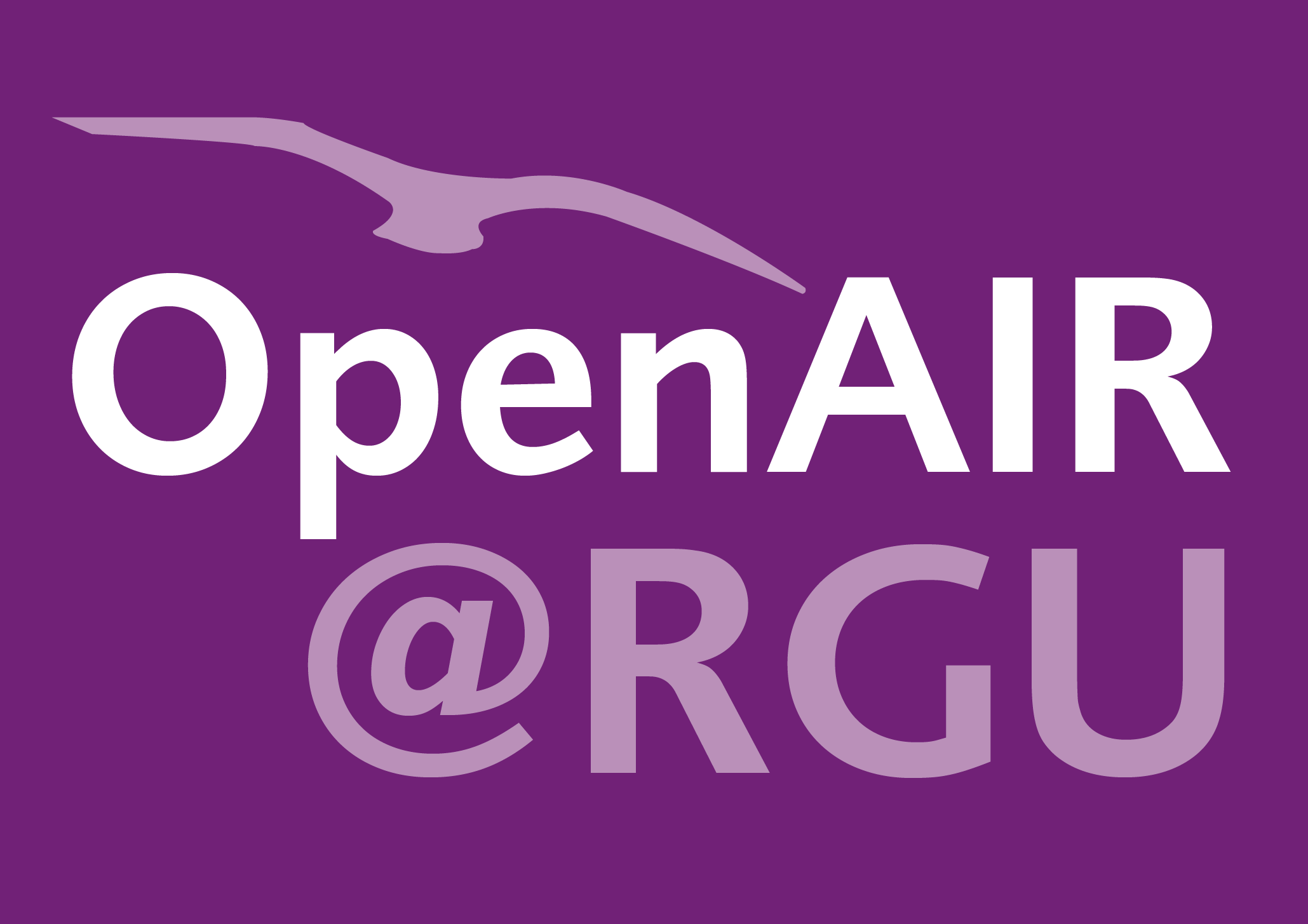Lee Ingle
Effects of exercise training response on quality of life and cardiovascular risk factor profiles in people with coronary artery disease: insights from the HIIT or MISS UK trial.
Ingle, Lee; Powell, Richard; Begg, Brian; Birkett, Stefan T.; Nichols, Simon; Ennis, Stuart; Banerjee, Pritwish; Shave, Rob; McGregor, Gordon
Authors
Richard Powell
Brian Begg
Stefan T. Birkett
Simon Nichols
Stuart Ennis
Pritwish Banerjee
Rob Shave
Gordon McGregor
Abstract
The objective of this study was to compare the characteristics of responders and nonresponders to 8 weeks of exercise training, to determine differences in key cardiovascular disease outcomes in people with coronary artery disease (CAD). This was undertaken via secondary analysis of data from the HIIT or MISS UK trial, focusing on six outpatient National Health Service cardiac rehabilitation (CR) centers in the UK. In people with CAD attending CR, the HIIT or MISS UK trial reported that short-term, low-volume, high-intensity interval training (HIIT) was more effective than moderate-intensity steady state (MISS) exercise training for improving peak oxygen uptake (VO2peak). The study involved 382 participants with CAD (N=382) (mean age: 58.8±9.6y; mean body mass index: 29.0±4.3 kg/m2). We identified responders and nonresponders based on a meaningful change in VO2peak, using two established methods. Key clinical, quality of life (QoL), and cardiopulmonary exercise test (CPET)–derived outcomes were compared between groups. The study found that responders were more likely to be younger (P<.05), and demonstrate greater improvement in CPET-related outcomes, for example, oxygen uptake efficiency slope, ventilatory efficiency, and peak power output (all comparisons, P<.001). Responders were more likely to observe improvements in QoL (EQ-5D-5L; mean Δ 13.6 vs mean Δ 9.4; P=.045), and high-density lipoprotein cholesterol (HDL-c) (mean Δ 0.09 mmol/L vs mean Δ 0.04 mmol/L; P=.004), compared to nonresponders. In people with CAD attending CR, responders to exercise training were therefore more likely to be younger and demonstrate greater improvements in health-related QoL and HDL-c.
Citation
INGLE, L., POWELL, R., BEGG, B., BIRKETT, S.T., NICHOLS, S., ENNIS, S., BANERJEE, P., SHAVE, R. and MCGREGOR, G. 2024. Effects of exercise training response on quality of life and cardiovascular risk factor profiles in people with coronary artery disease: insights from the HIIT or MISS UK trial. Archives of physical medicine and rehabilitation [online], 105(8), pages 1464-1479. Available from: https://doi.org/10.1016/j.apmr.2024.03.002
| Journal Article Type | Article |
|---|---|
| Acceptance Date | Mar 4, 2024 |
| Online Publication Date | Mar 16, 2024 |
| Publication Date | Aug 31, 2024 |
| Deposit Date | May 13, 2024 |
| Publicly Available Date | Mar 17, 2025 |
| Journal | Archives of physical medicine and rehabilitation |
| Print ISSN | 0003-9993 |
| Electronic ISSN | 1532-821X |
| Publisher | Elsevier |
| Peer Reviewed | Peer Reviewed |
| Volume | 105 |
| Issue | 8 |
| Pages | 1464-1479 |
| DOI | https://doi.org/10.1016/j.apmr.2024.03.002 |
| Keywords | Coronary artery disease (CAD); Heart disease; Cardiovascular disease; Exercise; High intensity interval training (HIIT) |
| Public URL | https://rgu-repository.worktribe.com/output/2328577 |
Files
INGLE 2024 Effects of exercise training response (AAM)
(445 Kb)
PDF
Publisher Licence URL
https://creativecommons.org/licenses/by-nc-nd/4.0/
You might also like
Downloadable Citations
About OpenAIR@RGU
Administrator e-mail: publications@rgu.ac.uk
This application uses the following open-source libraries:
SheetJS Community Edition
Apache License Version 2.0 (http://www.apache.org/licenses/)
PDF.js
Apache License Version 2.0 (http://www.apache.org/licenses/)
Font Awesome
SIL OFL 1.1 (http://scripts.sil.org/OFL)
MIT License (http://opensource.org/licenses/mit-license.html)
CC BY 3.0 ( http://creativecommons.org/licenses/by/3.0/)
Powered by Worktribe © 2025
Advanced Search
